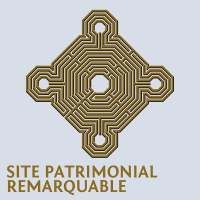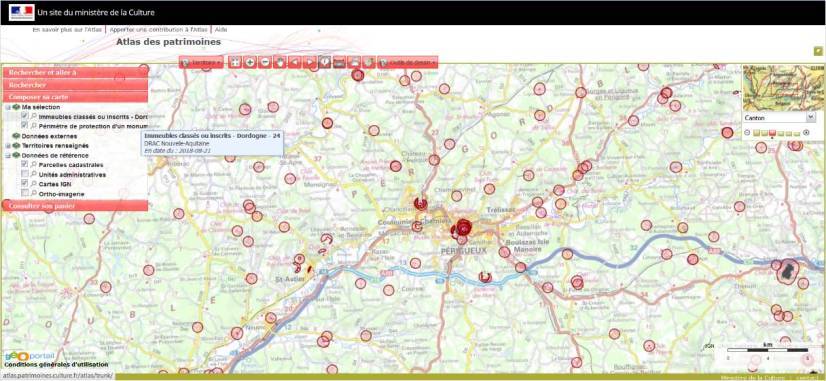Protection au titre des « Sites patrimoniaux remarquables »
Le classement au titre des sites patrimoniaux remarquables a pour objectif de protéger et mettre en valeur le patrimoine architectural, urbain et paysager de nos territoires. Les sites patrimoniaux remarquables sont des servitudes d’utilité publique c’est-à-dire instituées par une autorité publique dans un but d’intérêt général.
Les sites patrimoniaux remarquables se substituent aux anciens dispositifs de protection : secteurs sauvegardés, zones de protection du patrimoine architectural, urbain et paysager (ZPPAUP) et aires de mise en valeur de l’architecture et du patrimoine (AVAP). Plus de 800 sites patrimoniaux remarquables ont été créés dès le 8 juillet 2016.
Sommaire
Qu’est-ce qu’un site patrimonial remarquable ?
Quelle est la procédure de classement au titre des sites patrimoniaux remarquables ?
Quels sont les effets du classement au titre des sites patrimoniaux remarquables ?
La carte interactive de l'Atlas des patrimoines
Qu’est-ce qu’un « site patrimonial remarquable » ?
Les sites patrimoniaux remarquables sont « les villes, villages ou quartiers dont la conservation, la restauration, la réhabilitation ou la mise en valeur présente, au point de vue historique, architectural, archéologique, artistique ou paysager, un intérêt public. »
Les espaces ruraux et les paysages qui forment avec ces villes, villages ou quartiers un ensemble cohérent ou qui sont susceptibles de contribuer à leur conservation ou à leur mise en valeur peuvent être classés au même titre. On dénombre plus de 860 sites patrimoniaux remarquables qui concernent des centres urbains (Marseille, Bordeaux), des quartiers (Angoulême, Guérande) ou des villages (Saint-Benoît-du-Sault, Saint-Aignan-sur-Cher).
Quelle est la procédure de classement au titre des « sites patrimoniaux remarquables » ?
Le classement au titre des sites patrimoniaux remarquables est le fruit d’un partenariat entre les collectivités territoriales et les services de l’État. La concertation avec la population à l’occasion de l’enquête publique est également un élément fondamental de la création d’un site patrimonial remarquable.
Les enjeux propres à chaque site patrimonial remarquable sont retranscrits dans un plan qui peut prendre deux formes : plan de sauvegarde et de mise en valeur (document d’urbanisme) ou plan de valorisation de l’architecture et du patrimoine (servitude d’utilité publique)
L’élaboration de ces plans nécessite la prise en compte de l’ensemble des enjeux des centres anciens : la dégradation de l’habitat ancien, la vacance de logements, l’installation des commerces en périphérie et la désertification. Ces plans s’intègrent dans un projet de territoire. Ils constituent également un cadre clair pour les porteurs de projets et les habitants.
Consultables en mairie ou sur le site internet de la commune, ils contiennent les règles écrites et graphiques qui s'appliquent aux immeubles bâtis et non bâtis situés dans le périmètre du site patrimonial remarquable.
Quels sont les effets du classement au titre des « sites patrimoniaux remarquables » ?
- Obligation d’une prise en compte dans la définition des documents d’urbanisme ;
- Expertise de l’architecte des Bâtiments de France pour les travaux sur les immeubles situés dans le périmètre d’un site patrimonial remarquable ;
- Possibilité d’avantages fiscaux et d’aide pour les travaux.
Les collectivités territoriales sont en mesure d’utiliser le logo « site patrimonial remarquable » sur les documents de communication et de signalétique.
La carte interactive de l'Atlas des patrimoines
L'Atlas est un accès cartographique (par la localisation) à des informations culturelles et patrimoniales (ethnographiques, archéologiques, architecturales, urbaines, paysagères). Il permet de connaître, visualiser, éditer, contractualiser et télécharger des données géographiques sur un territoire, dont le périmètre de protection d'un Monument historique.
Cadre juridique et réglementaire
Partager la page


